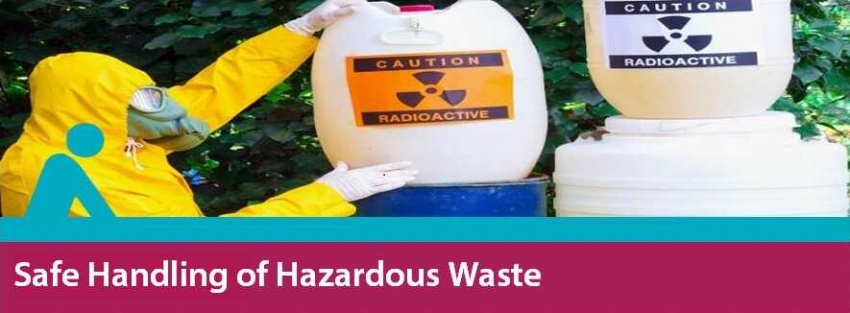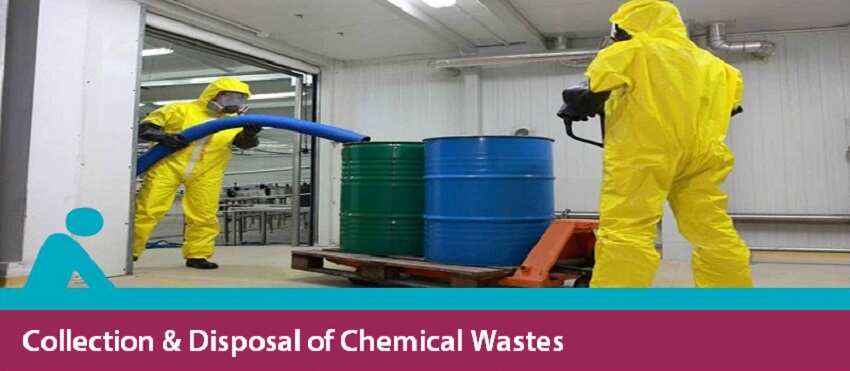Guide to Hazardous Waste Removal
How is chemical waste disposed?

Hazardous waste can wreak havoc to the environment. These toxic substances can cause serious harm towards people, animals and plants . Among the dangers it poses are soil contamination, air pollution, climate change, human damage and many more. Thus, it is crucial to properly dispose them. An expert from Pro Rubbish Removal briefly discusses the basics of hazardous waste collection and management.
What is Hazardous Waste?
Hazardous waste contains toxic substances that are generated from manufacturing industries, hospitals and homes. These properties are capable of harming human lives and the environment. It also comes in different physical forms including solid, liquid and gases.
Classifications of Hazardous Wastes
There are different types of wastes that are dangerous to the environment. These include:
- Industrial- These are coming from manufacturing plants. These industries also have the greatest contribution to the world of toxic waste.
- House hold– Examples of residential wastes are oil based paint, batteries, insecticides and cleaning products.
- Bio medical – These are source from hospitals and they may pose risk to anyone who comes in contact with it. Unused drugs, needles, syringes, cotton pads, and many more are some of the infectious wastes.
- Pathological – These are human or animal body parts. It can include tissues, detached organs, bodily fluids and specimen. They come from different sources like hospitals, clinics and treatment centers.
- Genotoxic – These includes feces, urine and vomit that come from patients who are treated by radioactive materials and chemicals
Hazardous Waste Collection and Management in Australia
The amount of hazardous waste produce in Australia has been increasing per year. This is why the Department of Environment are exerting all its effort to manage and handle these wastes properly. Additionally, the agency formulated an Act to regulate the collection including import, export and transit of hazardous waste. Thus, those companies who are into this industry must work aligned to this act’s objectives.
Reduction of the amount of waste released in the environment and recycling are two ways used to manage hazardous wastes. Other methods used in the country are the following:
1. Waste Treatment
Wastes are treated before it will be released. This way you can at least lessen the negative impact it may bring to the environment. Examples of chemical treatments are:
- Ionization
- Precipitation
- Reduction
- Neutralization.
2. Surface Storage
This is the most accessible and affordable solution. Waste piles, ponds and lagoons are the storage solutions which are properly constructed. Thus, it prevents erosion or leakage.
3. Secure Land Fills
The landfills must meet the government’s standards. Such requirements include the following:
- It must be 10 feet above underlying bedrock.
- It should have a liner that would allow anything to pass through
- Must have a leachate collection system.
4. Deep Well Injection
This is the method whereby liquid waste is injected through steel castings placed in limestone and sandstone. It is affordable and does not require any treatment. However, it poses danger of leakage of hazardous wastes and pollution of water supplies.
Conclusion
It is important to ensure proper storage and disposal of these waste products. By doing this you can avoid leakages and spills which may cause significant damage to the environment. Moreover, always remember that managing hazardous waste is a huge responsibility. Be part of the team that contributes to a better world.

